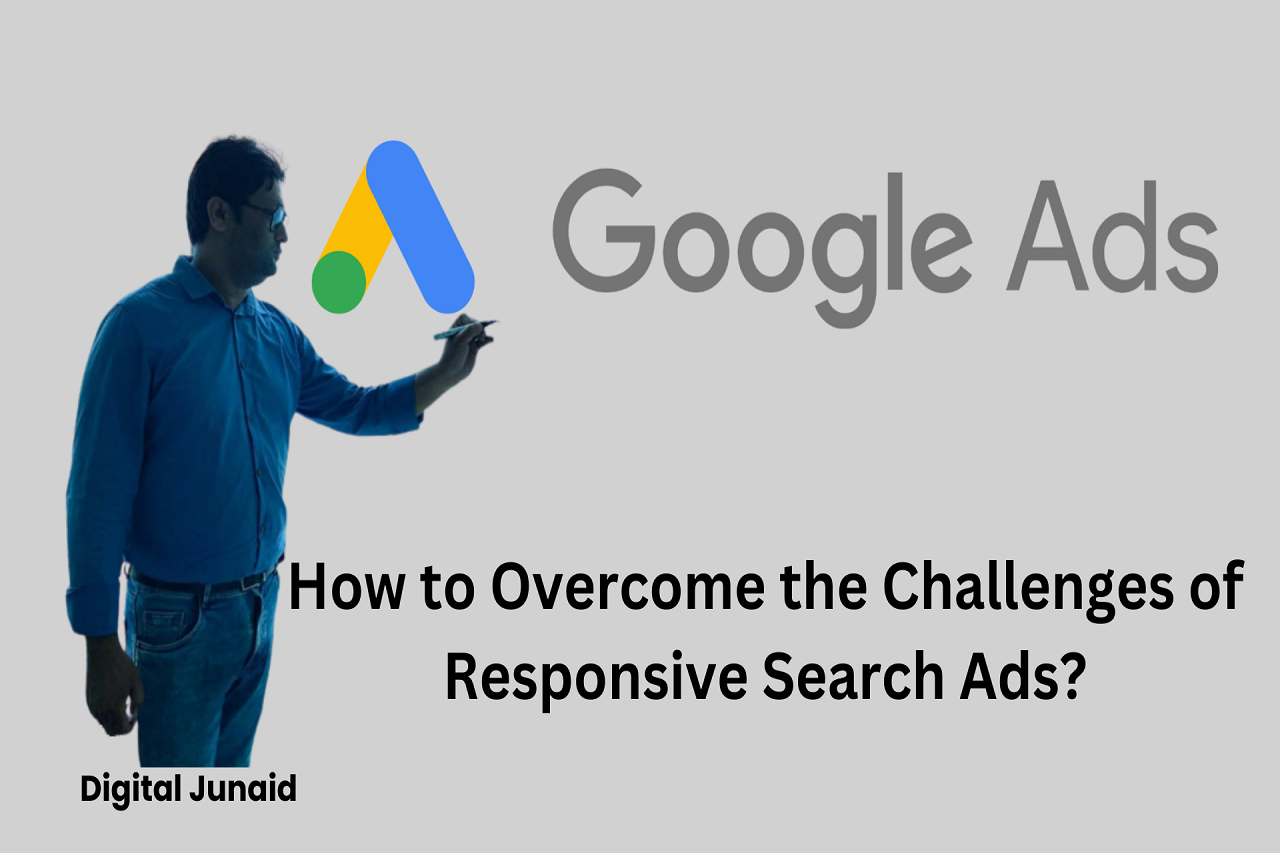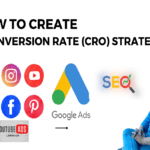- November 15, 2024
- by admin
- Pay Per Click
- 0 Comments
Read on to this article to learn about how to overcome the challenges that exist in Responsive Search Ads (RSAs).
First, let’s understand what Responsive Search Ads (RSAs) are.
What Are Responsive Search Ads?
Responsive Search Ads (RSAs) are text ads where an advertiser can include multiple headlines and descriptions to get the best-performing combination.
In short, Google responsive search ads let you create and run an ad that adapts to display more pertinent messages to your potential customers. And, the end goal of RSAs is to boost engagement (i.e., click-through rate).
Google permits up to four different descriptions and up to 15 different headlines to be taken into account when putting together the ad combinations that appear in the search results.
How Do They Work?
Following the creation of headlines and descriptions by you, Google Ads will show you the entered text in multiple combinations.
The remaining work is then completed by artificial intelligence (AI), which shuffles the combinations in a manner that ensures viewers always see the version of your advertisement that is most in line with their wants and interests. Amazingly, there are more than 40,000 different combinations possible for the 15 headlines and 4 descriptions!
What is the need to run RSA on Google Ads?
If you have run search campaigns in the past or are running any such campaigns currently, you might be accustomed to creating expanded text ads. However, in August 2021, Google announced it would end this type of ad.
Google stopped ETAs on June 30, 2022. It means you can’t create new ETAs or edit existing ones from July 1, 2022. As an alternative, you can get started with RSA to create successful search campaigns.
What are Some Major Challenges with Responsive Search Ads?
The following are some key challenges that exist in responsive search ads:
Lack of Insight Related to the Headline and Description Combinations: Google does provide ideas and tips for how to strengthen your ads. But, the lack of insights regarding the most effective headline and description combinations is a critical issue for advertisers to face.
Difficulty with A/B Testing: A/B testing has long been used to enhance advertisements. It is the practice of evaluating the performance differences between two variations of the same advertisement. Every marketer has conducted A/B testing with their expanded text ads or ETAs. However, as discussed earlier, Google has discontinued ETAs as of July 1, 2022. This means you can no longer create ETAs now.
Google has instead suggested creating responsive search ads as an alternative to ETAs. But, A/B testing on RSAs requires all inputs to be pinned, which may result in Google labelling your ads as having low ad strength. So, this needs to be fixed.
RSAs Offer Less Control to Advertisers: It has been seen that RSAs offer less control to advertisers than offered by ETAs. Although advertisers can still control the headline and description texts, it is up to Google to decide in which order these combinations will appear to users. There are options to pin headlines and description lines to certain spots on Google responsive search advertising as well, but it is advised to be done in moderation.
How to Overcome the Challenges of Responsive Search Ads?
Here are some tips to overcome the challenges that exist in responsive search ads:
Write a Good Copy that Makes Sense in any Possible Combination: You don’t always have control over how the copy appears in responsive search ads because the elements in a responsive search ad can appear in different sequences and combinations. To get around this problem, you should not write ad copy that requires one headline to come before another.
Rather, create an ad copy that is simple to comprehend and encourages action regardless of how the SERP displays it.
Try to Add More Headlines and Descriptions: Every responsive search ad should include a minimum of three headlines and two descriptions. However, simply meeting the bare necessities is never the best course of action.
The advantage of responsive search ads over regular search ads is that they have more room for testing and variations. You can test as many as 15 headlines and four descriptions simultaneously to make the most of this feature. Therefore, for the best results, your responsive ads should have at least 10 different headlines and three different descriptions.
Work to Strengthen Your Ads: With RSAs, you receive feedback on the performance of your ads based on the efficacy of your ads and their ability to convert users. However, you can still see what needs to be improved even though it’s not possible to determine which specific ad combinations are performing effectively.
The Bottom-Line
Responsive search ads function the same way, just like any other machine learning feature in Google Ads. They can be an asset that enables you to test ad text more quickly than usual if used correctly and with the relevant information fed into them. However, if you include weak ad text, you’ll get weak results.
If you are a thriving business that wants to be at the top of its paid advertising game, you can hire any digital marketing consultant in Delhi, India to run your Google responsive search ads.



